No products in the cart.
Black Lace Japanese Maple – 6 Gallon Pot
$299.00 Original price was: $299.00.$97.99Current price is: $97.99.
SKU: D2LSC 6770164849 Categories: JAPANESE MAPLE TREES, PLANTS & TREES
- The quality you expect, the service you deserve.
- Where quality meets convenience.
- Shop with Zero Worries
- Service with a smile, always online.

‘Black Lace’ Japanese Maple
Acer palmatum ‘Black Lace’
Plant Details
USDA Plant Hardiness Zones: 5a-9b Find Your Zone
Height at Maturity: 10-12′
Width at Maturity: 6-8′
Growth Habit / Form: Upright
Growth Rate: Moderate to Fast
Foliage Color in Spring: Lavender to Purple depending on sun
Foliage Color in Summer: Greenish-Purple
Foliage Color in Fall: Brilliant Brilliant Purple-Red
Light Needs: Full Sun or Mostly Sun, Morning Sun with Dappled or Afternoon Shade, All Day Filtered Sun, Morning Shade with Evening Sun
Water Needs: Average, moderately drought tolerant when established
Soil Type: Clay, Loam, Sandy, Silty (Condition heavy clay soils when planting)
Drainage: Well drained soil is a must!
Soil pH: 5.0 – 7.0 is ideal
Maintenance: Low
Resistances: Deer, Heat Tolerant, Insect Resistant, Sun Tolerant
Description
An outstanding addition to a Japanese garden or near patios and other outdoor living spaces where this rare beauty can be admired from close up, the Black Lace Japanese Maple really is as dark as its name, displaying the darkest color leaves and bark of any other cultivar in our gardens. A small upright tree that all grown up might reach 12 feet tall and 10 feet wide. The deeply cut 7-lobed leaves emerge and unfurl a deep purple-red darkening in color as the season progresses. The more sun the darker the color. The leaves really look dark on cloudy days and after a rain. With the arrival of cooler temperatures in fall the leaves gradually change to stunning shades of orange and deep red and finally to a brilliant orange. The upright reaching branches and stems are a deep reddish-purple color as well providing interest in the garden during winter. Tolerates full sun in cooler climates but will appreciate some filtered sun or shade during the mid afternoon in hot climates. A winner in the garden that will not disappoint!
Landscape & Garden Uses
To showcase its magnificence and beauty, the Black Lace Japanese Maple is best used in landscape design as a focal point specimen to draw attention to a specific area of the home or landscape. That said, in larger landscape spaces they can be grouped or two can be planted to frame an entryway.
Suggested Spacing: At least 15 feet for space between trees
Container culture can extend the useful range of Japanese Maples. They are extremely easy to grow in containers, a practice taken to its most extreme form in the art of bonsai. Click on the link below under Helpful Articles for Japanese Maple container planting instructions.
Note: One Japanese Maple can make a landscape…that is, if you don’t overcrowd it with other trees and plants. Therefore, when choosing companions to plant under or around your Japanese Maple, make sure to select low-growing shrubs or groundcover plants that won’t interfere at all with your tree.
Growing Preferences
Though delicate looking, Japanese Maples are actually very tough and long-lived trees. They are very easy to grow in the ground or in containers.
In their natural habitat, Japanese Maples are understory trees, growing in dappled forest sunlight at the edges of woodlands. Ideally they prefer to be grown in similar conditions. That said, you can find a complete listing of our sun-tolerant Japanese Maple varieties here, of which Black Lace is one!
Most any average garden soil will grow Japanese Maples. They prefer a moist but well-drained soil rich in organic matter. As with so many other ornamental plants and trees, constantly soggy or wet soil can be problematic. So make sure to plant your Japanese Maple in a well-drained site.
Helpful Articles
Click on a link below to find helpful advice from our experts on how to plant and care for Japanese Maple trees.
How To Plant A Japanese Maple Tree In The Ground
How to Plant A Japanese Maple Tree In A Pot
How To Fertilize And Water A Japanese Maple Tree
How To Prune A Japanese Maple
Plant Long & Prosper!
Meet The Wilson Brothers & Staff
Questions? Contact Us!
Be the first to review “Black Lace Japanese Maple – 6 Gallon Pot” Cancel reply
Related products
Sale!
JAPANESE MAPLE TREES
Sale!
JAPANESE MAPLE TREES
Crimson Queen Dwarf Japanese Maple (High Graft Tree Form) – 2 Gallon Pot
Sale!
PLANTS & TREES
Sale!
FRUIT TREES & PLANTS
Sale!
GROUNDCOVER PLANTS
Sale!
Sale!
FRAGRANT PLANTS
Sale!





















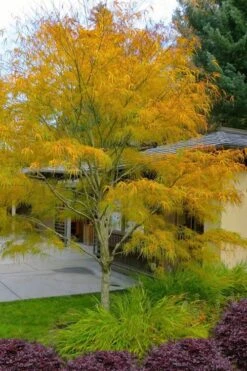
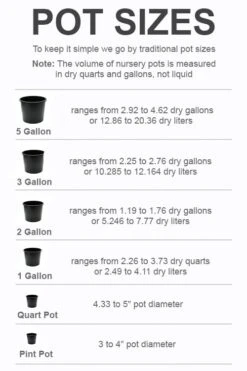
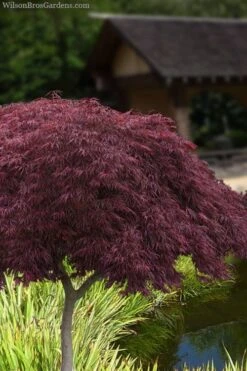
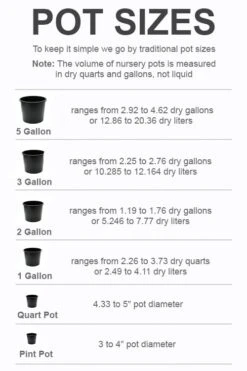

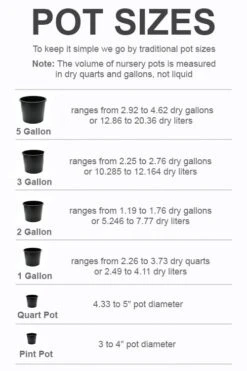



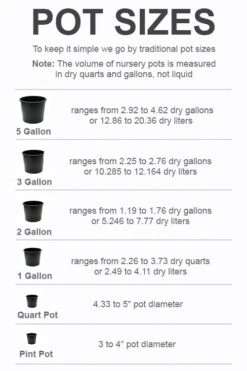

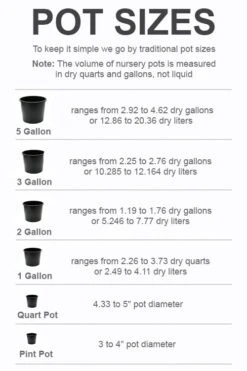

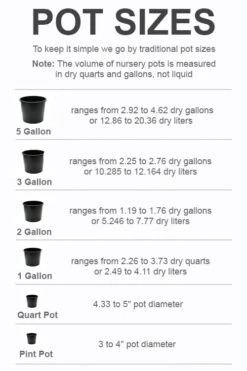
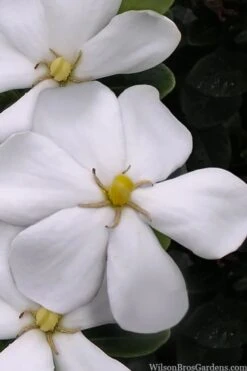

Reviews
There are no reviews yet.